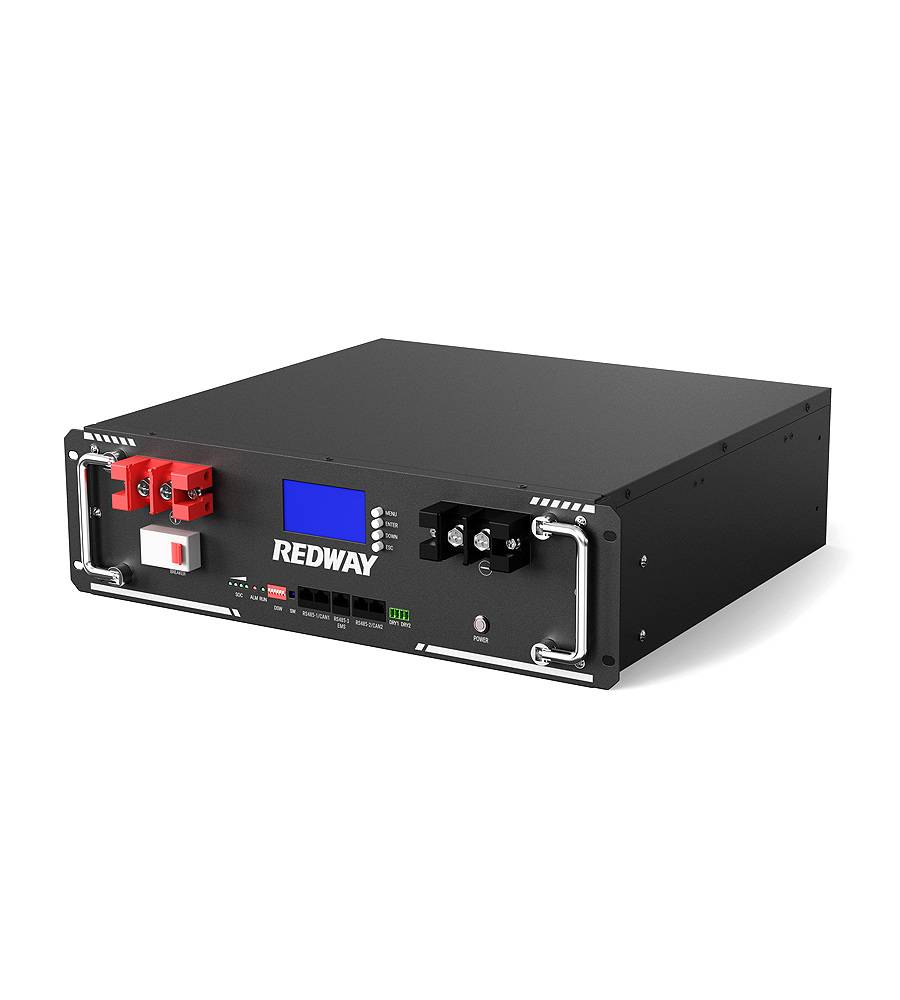Discover the essential steps to change smoke alarm batteries in our informative blog post. While smoke alarms are crucial for home safety, it’s common to overlook them until the late-night beeping begins. We’ll walk you through the battery replacement process, highlight signs indicating the need for a change, and offer valuable tips to maintain a safe living environment. Join us in securing your home against potential fire hazards – let’s dive in together!
Why Smoke Alarms are Important
In the realm of home safety, smoke alarms stand as vigilant guardians. These small but mighty devices are indispensable for detecting and warning against the threat of smoke or fire, providing crucial early alerts for a safe escape.
Their significance is underscored by statistics – three out of five home fire deaths occur where these sentinel devices are absent. Properly installed and maintained smoke alarms, strategically placed in every home level, drastically improve survival chances during a house fire. While occasional inconveniences like false alarms may occur, never compromise by disabling batteries; the preventative power of these alarms is priceless.
As we delve deeper, discover why regular maintenance is key for optimal functionality. Because in matters of safety, foresight is always superior to regret.
Signs that it’s Time to Change Your Batteries
Ensuring the reliability of smoke alarms hinges on the vitality of their batteries. Discovering when to change these essential power sources is pivotal for safeguarding your home.
- Listen for Signals: The unmistakable chirping sound from your smoke alarm signals low battery power. If you encounter this periodic beep, it’s time for a battery swap.
- Know the Age: For older smoke alarms with non-replaceable batteries, a decade marks their recommended lifespan. If it’s been 10 years, it’s a clear call for replacement.
- Regular Vigilance: Even without audible cues, regular maintenance is paramount. Change batteries annually or as advised by the manufacturer, ensuring your smoke alarm remains a stalwart guardian.
Now, let’s dive into the safe process of replacing these life-saving batteries. Prioritize safety, gather fresh batteries, and follow your specific model’s instructions for a seamless swap. Remember, these routine actions contribute to the continual efficacy of your smoke alarm – a small effort for substantial safety.
Step-by-Step Guide to Changing Smoke Alarm Batteries
Ensuring your safety is as easy as changing the batteries in your smoke alarm. Follow this straightforward guide for a quick and effective battery replacement.
- Locate Your Alarm: Find your smoke alarm, often mounted on the ceiling or high on a wall. Use a ladder for safe access.
- Remove the Alarm: Gently twist or pull the smoke alarm from its mounting bracket once you have access.
- Check for a Battery Compartment: Look for a battery compartment at the back of the unit and open it by sliding or lifting off the cover.
- Dispose of Old Batteries: Properly dispose of the old batteries following local regulations. Avoid mixing different types of batteries.
- Insert Fresh Batteries: Place new batteries into their designated slots, ensuring correct polarity as indicated inside the compartment.
- Secure the Compartment: Close and secure the battery compartment cover before reattaching the smoke alarm to its mounting bracket.
By following these simple steps, you contribute to the continued effectiveness of your smoke alarm and, most importantly, to the safety of your home.
Importance of Regular Maintenance
To ensure your smoke alarms are always ready to safeguard your home, regular maintenance is key. Follow these easy steps for effective smoke alarm upkeep.
- Clear Sensor Buildup: Periodically check for dust or debris on the sensors, which can hinder smoke detection. Gently clean using a vacuum or soft brush to maintain optimal sensor functionality.
- Monthly Testing Routine: Test your smoke alarms monthly by pressing the test button. Ensure the loud siren sound is heard, confirming both the batteries and the alarm system are operational.
- Proactive Battery Replacement: Don’t wait for the low battery chirp; follow manufacturer recommendations for battery replacement or change them promptly when low battery signals occur.
Establish a routine by setting calendar reminders for these simple tasks. Consistent maintenance adds an extra layer of protection against potential home fires, providing peace of mind for you and your loved ones.
Tips for Choosing the Right Batteries
Selecting the right batteries for your smoke alarms is crucial for reliable performance. Follow these simple tips to make an informed choice.
- Prioritize Longevity: Opt for batteries with a proven track record of longevity to minimize replacements, ensuring your smoke alarm is always ready to protect your family.
- Consider Lithium: Choose lithium batteries for an extended lifespan. Although they may have a slightly higher upfront cost, the long-term savings make them a worthwhile investment.
- Check Compatibility: Ensure the selected battery type is compatible with your smoke alarm model by checking the manufacturer’s recommendations to guarantee optimal functionality.
- Trust Reputable Brands: Stick to well-known battery brands to ensure quality and reliability, providing peace of mind during emergencies.
- Convenience Factors: Consider ease of installation and accessibility when choosing a battery brand or type for added convenience.
By following these tips, you can confidently choose batteries that deliver consistent power, assuring your smoke alarm is ready for any emergency.
Other Fire Safety Tips
Ensuring fire safety goes beyond smoke alarms. Consider these practical tips to bolster your overall safety measures.
- Craft an Escape Plan: Develop a clear and practiced escape plan, ensuring everyone knows the quickest and safest routes out of the building. Regular drills will make the plan second nature in case of a fire.
- Deploy Fire Extinguishers: Strategically place fire extinguishers, especially in high-risk areas like the kitchen and garage. Educate your family on proper usage to enhance overall preparedness.
- Handle Candles with Care: While candles add ambiance, always extinguish them before leaving a room or going to bed to prevent potential hazards.
- Avoid Outlet Overload: Prevent electrical fires by avoiding overloading outlets. Use surge-protected power strips to distribute electrical loads safely.
- Mind Flammable Items: Be cautious of placing flammable items near heat sources, such as curtains or furniture around heaters or open flames.
- Regular Dryer Vent Maintenance: Reduce the risk of house fires by regularly cleaning out dryer vents, minimizing lint buildup.
Remember, prioritizing fire safety, coupled with regular smoke alarm upkeep, is crucial for comprehensive protection against potential fire risks.
Conclusion
Regularly changing smoke alarm batteries is a vital step in fire prevention, ensuring optimal functionality. Pay attention to warning signs and follow our hassle-free guide for seamless battery replacement. Regular maintenance, cleaning, and testing enhance your alarms’ performance, offering maximum protection. Choose long-lasting batteries for reliability. Complement these efforts with additional safety measures like installing alarms in every bedroom, creating a fire escape plan, and practicing it regularly. Proactive steps today can save lives in emergencies. Don’t delay—check those batteries now for a safer tomorrow.




